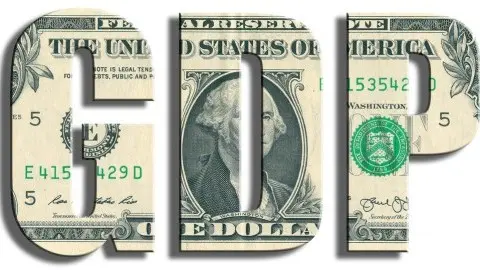China: Revising our yuan forecast
We are revising our yuan forecast to a milder appreciation in 2018 and 2019 because of a weaker business environment and escalating trade and investment tensions
Chinese yuan not as strong as expected
We have been bullish on the yuan, against the backdrop of a strong economy and with business earnings growing at a decent rate. However, this looks to have changed according to recent data (see below).
Further, escalating tension between China and the US has moved from trade to investment. This could affect business earnings in some sectors negatively.
The trade tension could also lead to shrinking global trade volumes. This would affect not only China but also the supply chain in Asia to a large extent. Asian currencies, in general, may run much flatter against the dollar, requiring the yuan to also flatten its appreciating path to protect competitiveness.
Revising USD/CNY to 6.33 by end of 2018
Based on such thoughts, we revise our forecasts on USD/CNY:
- from 6.25 to 6.35 by the end of 2Q18, and
- from 6.20 to 6.34 by the end of 3Q18, and
- from 6.10 to 6.33 by the end of 4Q18, and
- from 5.80 to 6.20 by the end of 2019.
Under these new forecasts, the yuan against the dollar would still appreciate in 2018 compared to 2017's closing of 6.5067, but at a slower speed at around 3%, and at 2% in 2019.
Thinner profits for factories even before escalating trade tensions
Growth in industrial profits fell to 3.1% year-on-year in March from 10.8% the previous month. But with strong growth in the first two months of the year, growth of industrial profits in 1Q18 was still decent at 11.6% YoY.
Still, we are concerned. Though the number of working days in March was affected by Chinese New Year holidays, which will not repeat in April, the lower selling price of raw materials together with rising financial costs means there are fundamental changes in industrial profits.
Falls in material prices is a result of both the high base effect from last year and an increase in production (it is usual for businesses to produce more when prices are falling to maintain the profit level).
Though we expected rising financial costs in an environment of financial deleveraging reform, the rise in financial costs at 15.1% YoY in March compared to 12.3% YoY in the first two months means that financial cost increases are speeding up. As financial deleveraging reform will continue for the rest of 2018, this could continue.
All in all, we believe that industrial profits could fall from more than 10% YoY to high single digits in the coming months.
This publication has been prepared by ING solely for information purposes irrespective of a particular user's means, financial situation or investment objectives. The information does not constitute investment recommendation, and nor is it investment, legal or tax advice or an offer or solicitation to purchase or sell any financial instrument. Read more
Download
Download article
27 April 2018
Good MornING Asia - 30 April 2018 This bundle contains 5 Articles
